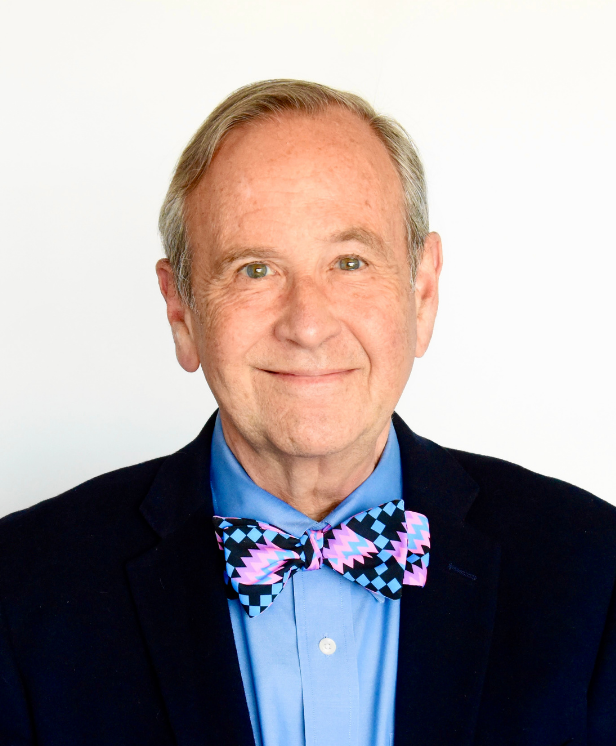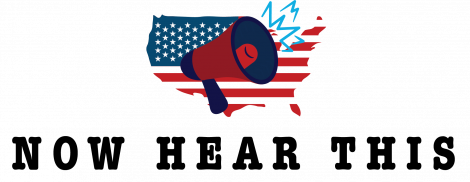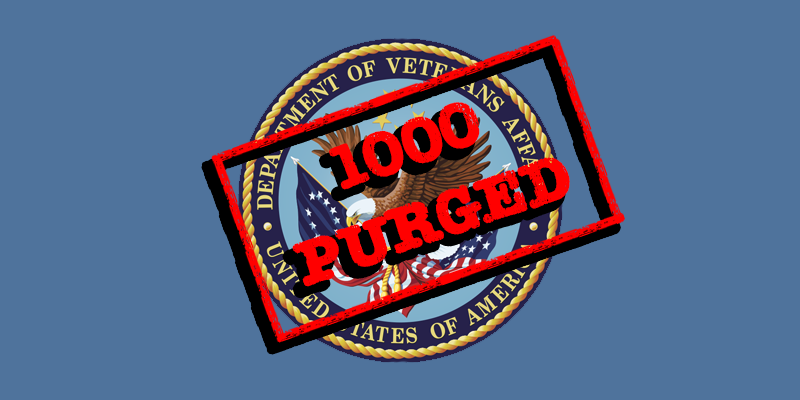Publisher's Corner

Guest Viewpoint
The American Foundation for Suicide Prevention and Zero Suicide - Meet the Staten Island Military, Veteran, Family (SMVF) Task Force!
How I Have Determined that Civilian and Military Communities Must Connect
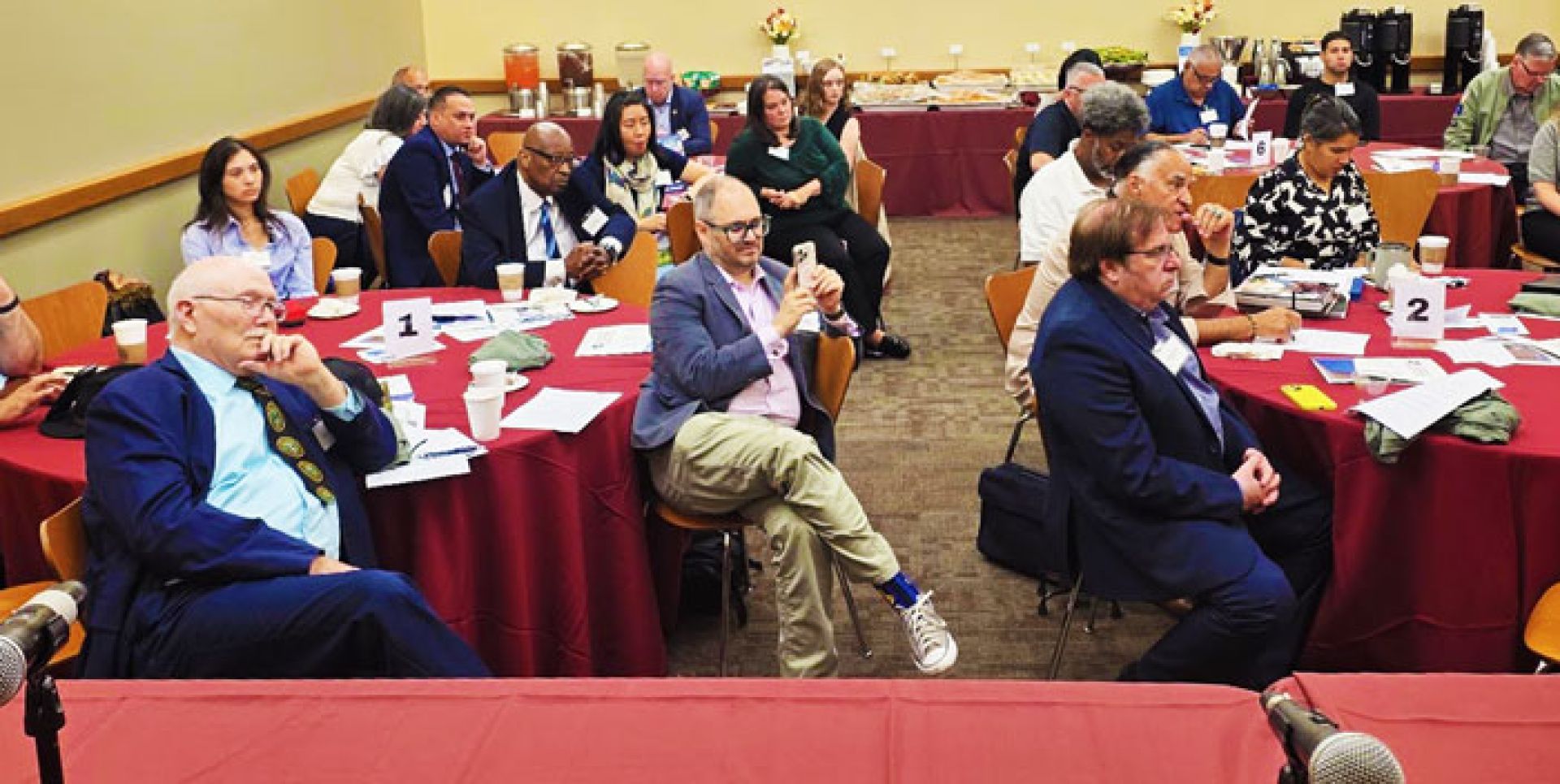
A wildly diverse group of 51 people converged on 9/9/25 at Fordham University in New York City for the End Veteran Debt Micro Summit. Why? To bridge the gap between the civilian and military communities and to raise awareness of debt as a risk factor in Veteran suicide.
The event was organized by Jerry Ashton, Navy Vet, and me, Michael Matthews, as a civilian, to see if our “Civ-Vet” approach to the entrenched problem of veteran suicide might be an answer to reducing that horror.
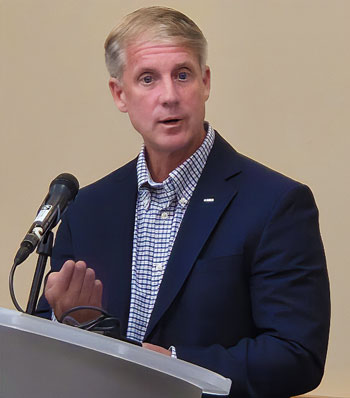 Speakers included retired Army Brigadier General and other officers and non-commissioned men and women, journalists, documentarians, researchers, business leaders, and artists—folks who don’t usually interact face-to-face.
Speakers included retired Army Brigadier General and other officers and non-commissioned men and women, journalists, documentarians, researchers, business leaders, and artists—folks who don’t usually interact face-to-face.
Why focus on bridging the gap between the civilian and military communities? Because
It is cavernous and growing, accelerating after the Armed Services transitioned to an all-volunteer force following the Vietnam War.
Why focus on suicide? Because for the civilian population, suicide is the second leading cause of death for ages 25-34, and for Veterans, suicide is the 2nd-leading cause of death for those under age 45. The suicide rate for Veterans is at least twice that of their civilian counterparts. Young people in both the civilian and military populations are dying by suicide in staggering numbers – outdistancing men and women actually dying in combat. I graduated from college in 1970, was not drafted, and did not enlist. Fast forward to 2020. After a 40-year career in the civilian Behavioral Health sector, I began working with Veterans as Director of Veteran Services at the Staten Island Performing Provider System (SIPPS).
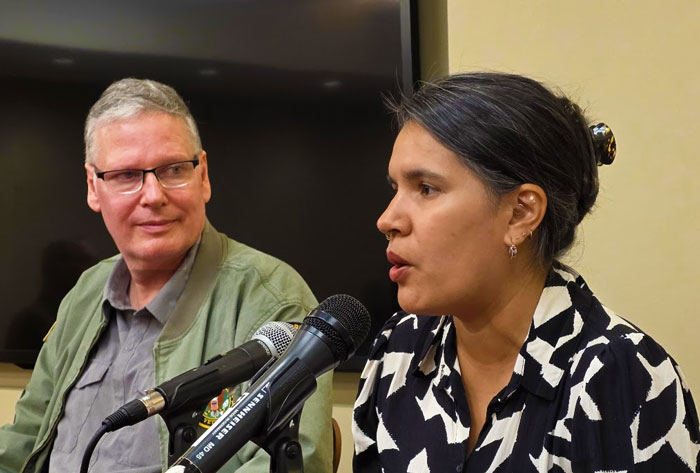 In 2023, in collaboration with the New York City Department of Veterans Services, I participated in a Fordham University workshop on Crisis Intercept Mapping, a community-based Suicide Prevention approach piloted on Staten Island.
In 2023, in collaboration with the New York City Department of Veterans Services, I participated in a Fordham University workshop on Crisis Intercept Mapping, a community-based Suicide Prevention approach piloted on Staten Island.
There, I met Jerry Ashton, Navy Veteran and journalist, co-founder in 2014 of the impressive RIP Medical Debt 501(c)(3) charity, since rebranded as Undue Medical Debt. His organization to date has abolished over $23 billion in medical debt for nearly 14 million Americans.‘
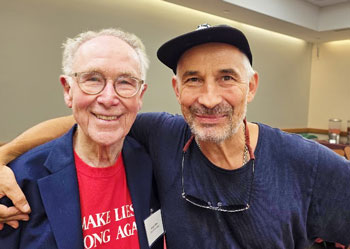 This chance meeting led to an active collaboration. When Jerry founded End Veteran Debt (EVD) as a 501(c)(3) private foundation, SIPPS was the first nonprofit to partner in a joint fundraising campaign to raise $50,000 to forgive $1.000,000 in Veteran Debt. The circle from chance meeting to the Micro Summit at Fordham was closed, and new doors opened.
This chance meeting led to an active collaboration. When Jerry founded End Veteran Debt (EVD) as a 501(c)(3) private foundation, SIPPS was the first nonprofit to partner in a joint fundraising campaign to raise $50,000 to forgive $1.000,000 in Veteran Debt. The circle from chance meeting to the Micro Summit at Fordham was closed, and new doors opened.
What is the secret sauce to the evolution of the SIPPS/EVD collaboration?
Secret sauce ingredient #1.
Alignment of missions regarding debt as an SDOH factor. The SIPPS’s mission is to address social determinants of health (SDOH) factors in health outcomes. Such outcomes are largely determined by social factors rather than medical treatment and include financial and food insecurity, employment, social isolation etc.
Debt as a financial SDOH factor has only recently been receiving the attention it deserves as a risk for suicide. This, as I learned from Jerry, the ultimate negative health outcome from crushing, unpayable debt, is death by suicide.
Secret sauce ingredient #2.
Bridging the Gap between civilian and military communities is essential.
As I worked with and alongside Veterans and active-duty service members as a civilian, I became acutely aware of my lack of knowledge and experience of the military community. I then understood the critical need to bridge this gap. Jerry and others served me well in that education, and our working together to build a fast-growing base proves it can be done.
Secret sauce ingredient #3
Building awareness in both the veteran and civilian communities of suicide in general and then the impact to be found in co-prevention efforts.
This one is personal. The New York State Center for Suicide Prevention estimates that as many as 30 individuals are impacted to varying degrees by one death by suicide.
My maternal grandfather died by suicide one week after my parents’ marriage. I only learned this at age 40. Before this, the explanation was that he died of high blood pressure. This taboo was not unusual for the time.
Currently, there is increasing public discussion of suicide and its impact on families, but the taboo and associated shame remain pervasive. It is imperative to close the gap between the civilian and military communities concerning awareness of death by suicide and its impact on families and close friends.
Coming back to the Micro Summit on 9/9/25, my hope and expectation is that its very existence and the impression it made on the participants will be taken back to their organizations, where more ingredients to the secret sauce of the SIPPS/EVD collaboration will be added. Did I mention the Summit planned for November 10, 2025?
